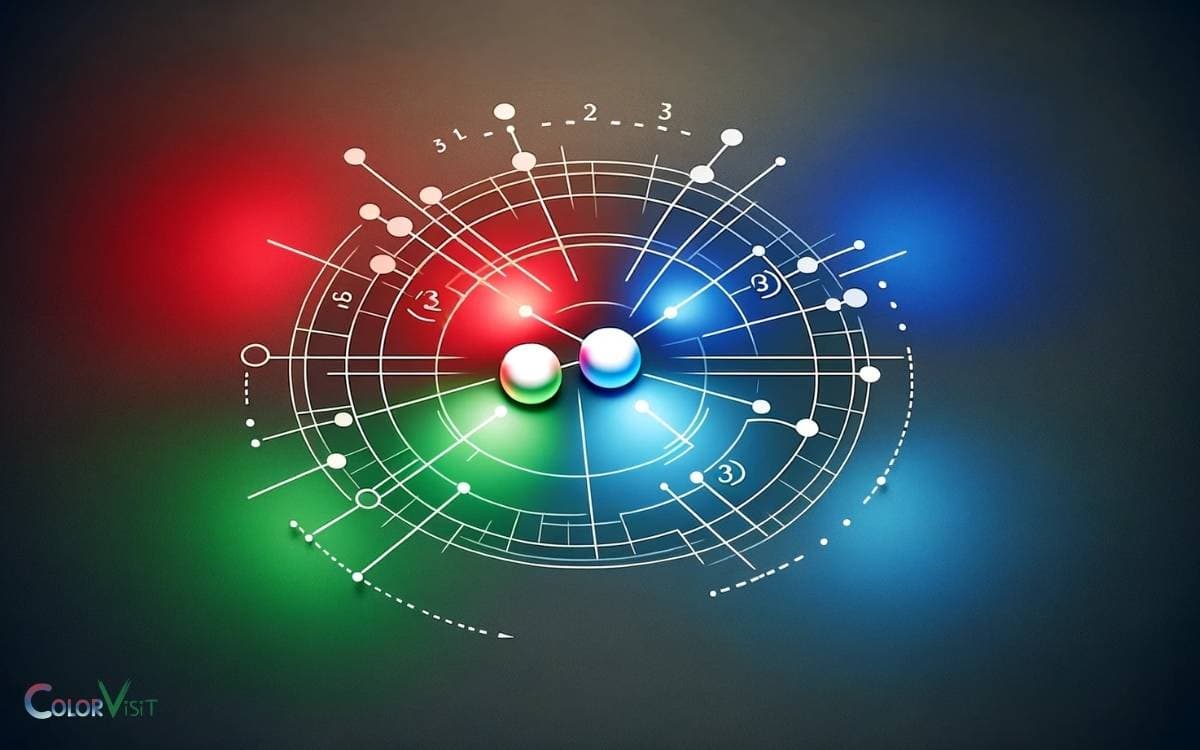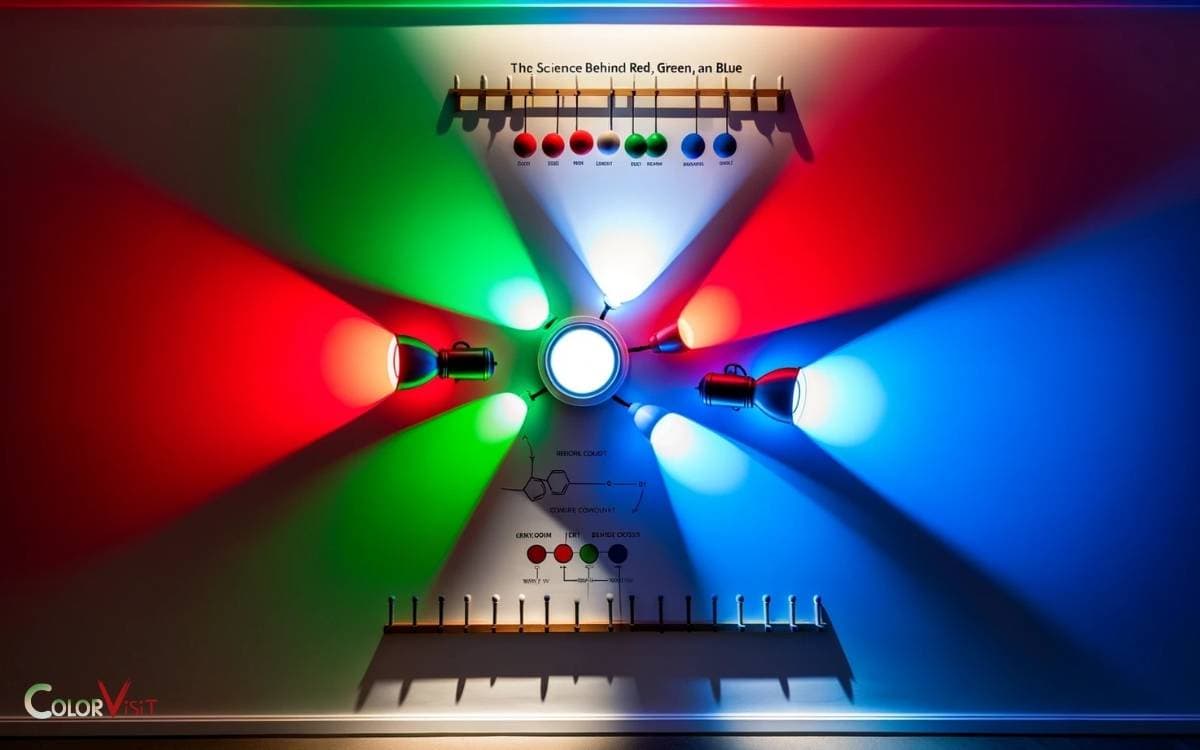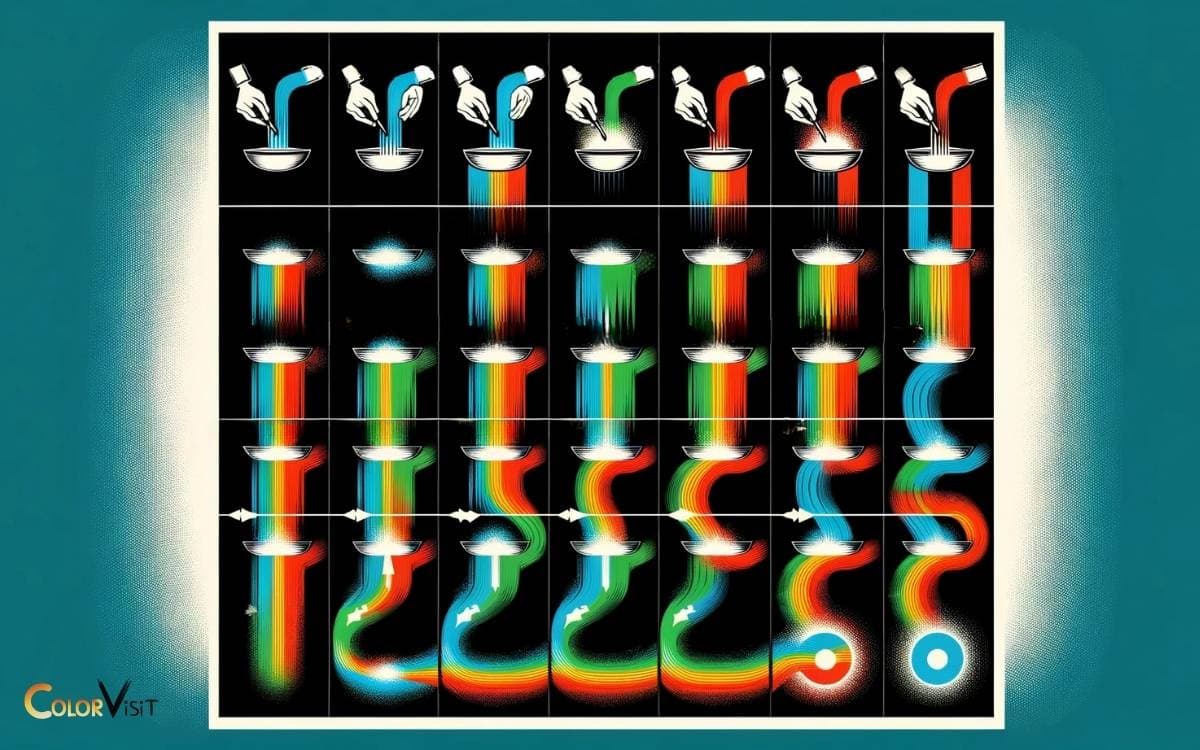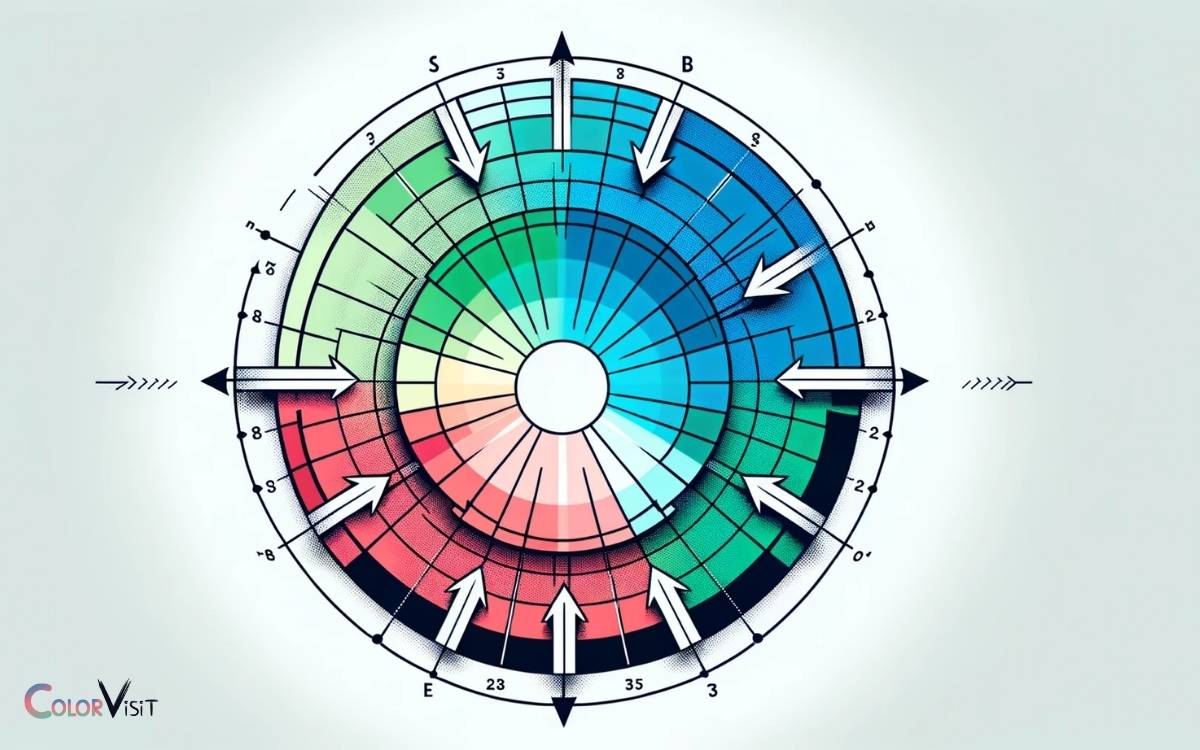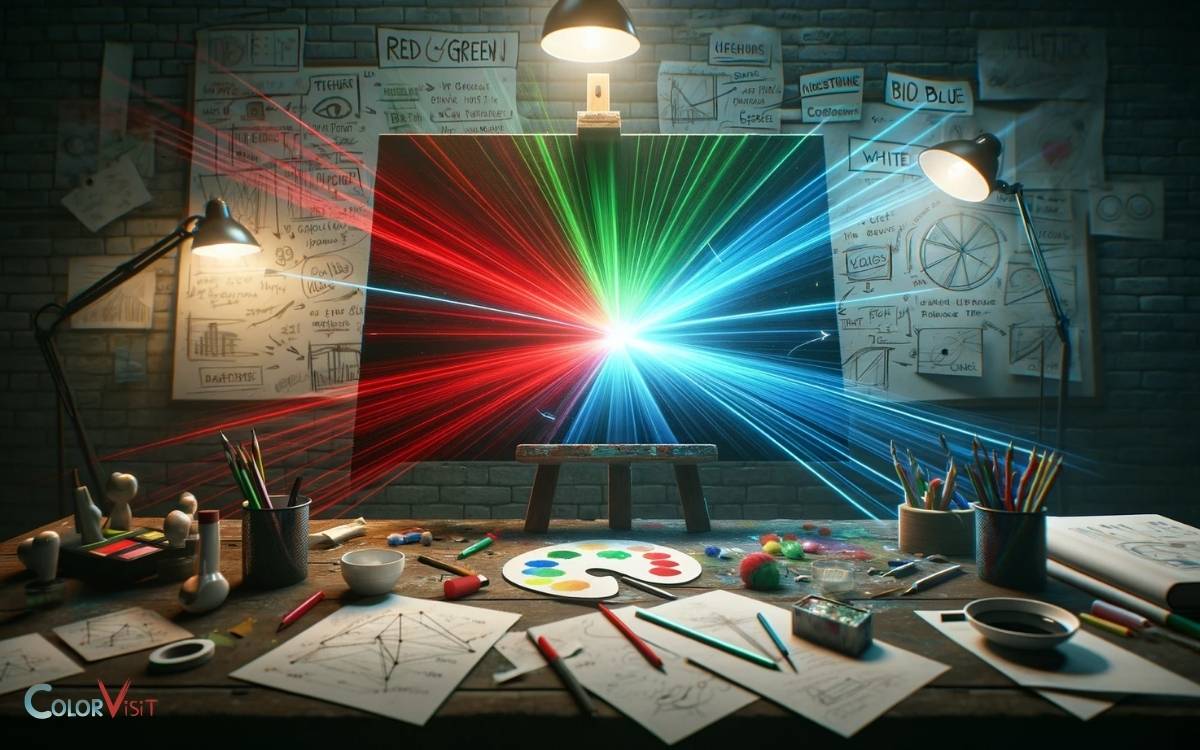How to Make White Color with Red Green and Blue? A Guide!
To make the color white using the red, green, and blue (RGB) color model, you need to combine these three primary colors at their full intensity. In addition to white, the RGB color model can be used to create a wide range of other colors by adjusting the intensities of red, green, and blue. For example, by mixing red and green at full intensity, you can produce yellow, illustrating how to create yellow from red. This demonstrates the versatility of the RGB model in achieving various hues through different combinations of its primary colors.
The RGB color model is based on the principle of additive color mixing. When light of these three colors is combined in equal and full intensity, they create white light.
The brightness of each subpixel can be adjusted to create a wide range of colors, including white:
Creating white light through RGB color mixing is a fundamental concept in digital media and design, enabling the accurate representation of colors on various devices and screens.
Key Takeaway
Understanding Additive Color Mixing
The process of understanding additive color mixing involves examining the combination of red, green, and blue light to produce white color.
- This concept is fundamental in the world of technology, particularly in display and lighting industries.
- Additive color mixing is based on the principle that when different colors of light are combined, they create new colors or white light.
- Red, green, and blue are the primary colors used in additive color mixing because they can create a broad spectrum of colors when mixed in varying intensities.
- This method is extensively employed in electronic displays such as televisions, computer monitors, and LED screens.
Understanding the intricacies of additive color mixing is crucial for developing cutting-edge technologies and innovative visual experiences.
The Science Behind Red, Green, and Blue
Understanding the science behind red, green, and blue involves delving into the principles of RGB color mixing, additive color synthesis, and the relationship between light and perception.
These elements are fundamental to comprehending how colors are combined to create different shades and hues, and how our eyes and brain interpret these combinations.
RGB Color Mixing
RGB color mixing involves the combination of red, green, and blue hues to create a full spectrum of colors.
This process is fundamental to the display of color on electronic screens and is based on the additive color theory.
Here’s why RGB color mixing is crucial:
- Additive Color Synthesis: By mixing different intensities of red, green, and blue light, a wide range of colors can be achieved through additive color synthesis.
- Digital Imaging: In digital imaging, RGB color mixing is used to produce a broad array of colors, making it essential for photography, television, and computer screens.
- Color Accuracy: Understanding the science behind RGB color mixing is vital for achieving precise color accuracy in various digital applications, ensuring the delivery of vibrant and true-to-life visuals.
Additive Color Synthesis
Continuing from our previous discussion on RGB color mixing, the science behind red, green, and blue in additive color synthesis is essential for understanding how these primary colors combine to create a full spectrum of hues.
- Additive color synthesis is based on the principle of mixing different light colors to create new ones.
- In this process, red, green, and blue light are added together in various combinations to produce a wide range of colors.
- The key concept to grasp is that when red, green, and blue light are combined at full intensity, they create white light.
- This phenomenon forms the basis of color displays in modern technology, such as television screens, computer monitors, and LED lights.
Understanding the science behind additive color synthesis is crucial for advancements in display technology and creating a diverse array of colors for various applications.
Light and Perception
The science behind red, green, and blue in additive color synthesis extends into the realm of light and perception, illuminating how these primary colors are perceived by the human eye and how they form the basis of color displays in modern technology.
- The human eye contains three types of color receptors known as cones, which are sensitive to red, green, and blue light, enabling the perception of a wide range of colors.
- When red, green, and blue light are combined in varying intensities, they stimulate different combinations of these color receptors, resulting in the perception of different hues and brightness levels.
Modern technology, such as displays and screens, utilizes the principles of additive color synthesis by manipulating the intensities of red, green, and blue light to produce a full range of colors, contributing to the vibrant visual experiences in digital media.
Instructions for Mixing Colors
When mixing colors to create white, it is essential to understand the step-by-step process of combining red, green, and blue in the correct proportions.
The table below illustrates the RGB values and their respective percentages required to achieve white color:
| Color | Red (R) | Green (G) | Blue (B) |
|---|---|---|---|
| Red | 100% | 0% | 0% |
| Green | 0% | 100% | 0% |
| Blue | 0% | 0% | 100% |
| White | 100% | 100% | 100% |
| Mixture | Equal | Equal | Equal |
Perfect White Hue
To achieve the perfect white hue, precise proportions of red, green, and blue must be combined, following a professional and meticulous approach.
Achieving the ideal white color involves the following key considerations:
- Understanding the color wheel and the relationships between different hues is essential in determining the exact amounts of red, green, and blue required to create the perfect white shade.
- Utilizing advanced color mixing techniques such as additive color mixing, where the red, green, and blue values are carefully adjusted to achieve the desired balance and tone.
- Employing cutting-edge digital color calibration tools and software to ensure accuracy and consistency in the mixing process, resulting in the pristine white color sought after by professionals in various industries.
Tips for Artistic and Design Projects
When it comes to artistic and design projects, understanding color mixing basics is fundamental for achieving desired effects.
Harmonizing color palettes can help create cohesive and visually pleasing compositions.
Color Mixing Basics
Understanding color mixing basics is essential for artistic and design projects, as it forms the foundation for creating a wide range of hues and tones.
To achieve innovative color combinations, consider the following:
- Experiment with primary colors: Red, blue, and yellow are the primary colors that can be mixed to produce a vast spectrum of secondary and tertiary colors.
- Utilize color theory: Understanding the color wheel and how different colors interact with each other can help in creating visually appealing combinations.
- Explore the impact of light: The way colors are perceived can be influenced by lighting conditions, so consider the environment in which the artwork or design will be displayed.
Harmonizing Color Palettes
Building upon the foundational understanding of color mixing basics, it is essential to integrate harmonious color palettes effectively in artistic and design projects.
- Harmonizing color palettes involves the strategic selection and blending of colors to create a visually pleasing and balanced composition.
- To achieve this, consider the psychological impact of colors, their relationships on the color wheel, and the overall mood or message intended for the project.
- Experiment with complementary, analogous, or monochromatic color schemes to evoke specific emotions or to convey a particular theme.
- Additionally, taking inspiration from nature, art, or cultural elements can provide innovative perspectives for harmonizing color palettes.
By mastering the art of harmonizing colors, artists and designers can elevate their work to new levels of creativity and impact.
Creating Visual Impact
Transitioning from the strategic selection and blending of harmonious color palettes, artists and designers can now focus on creating visual impact in their artistic and design projects.
- Contrast is Key: Utilize contrasting elements to draw attention and create visual interest. Whether it’s through color, texture, or scale, contrast adds dynamism to your work.
- Use Negative Space: Embrace the power of negative space to direct the viewer’s focus and create a sense of balance and elegance in your designs.
- Experiment with Composition: Play with unconventional compositions to challenge the viewer’s expectations and evoke a strong emotional response. Experimentation can lead to innovative and impactful visual solutions.
Conclusion
The process of creating white color using red, green, and blue involves understanding additive color mixing and the science behind these primary colors.
By following step-by-step instructions and considering the principles of color theory, achieving the perfect white hue is possible for various artistic and design projects.
While some may argue that using white paint or pigment is simpler, understanding the complexities of color mixing can lead to more nuanced and vibrant results.


